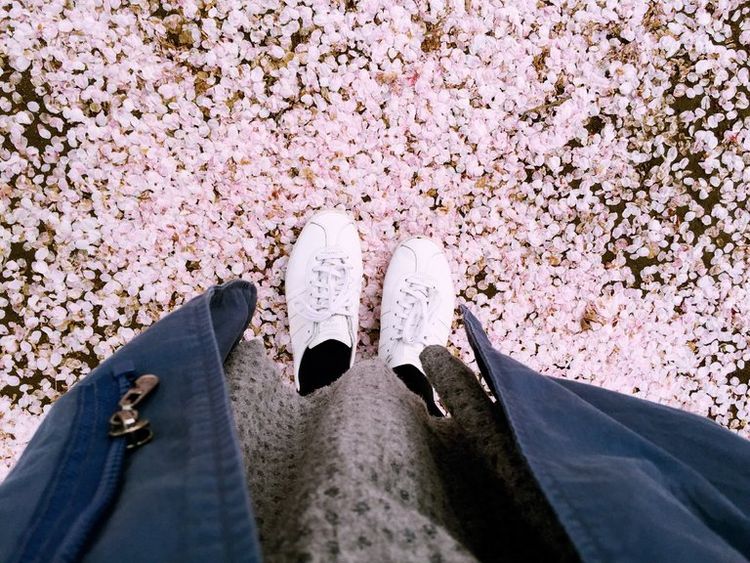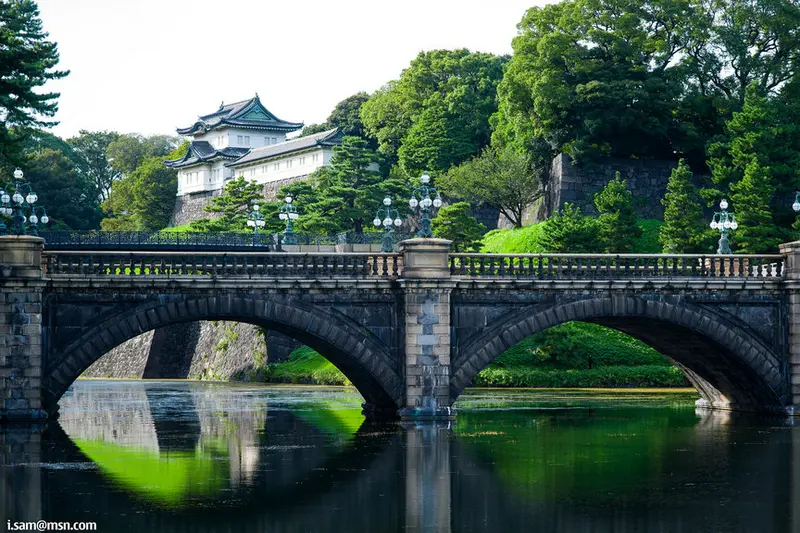Tokyo 1 Week Adventure
1 cities |
16 attraction(s) |
total distance 66
km
 TIPS
TIPS
Day1
Day2
Day3
Day4
Day5
Day6
Day7
Day1: Tokyo
4 attraction(s) ·
5 km
1
Harajuku is a place that is completely different from Shibuya, it is more diverse and mixed, and people in eccentric clothing here do not stand out as much. Starting from the Harajuku Station designed by Miyazaki Hayao, you will feel like you are in a magical world. There is Takeshita Street, the center of idol culture; there is Omotesando, representative of high-end fashion; and there is Meiji Shrine, a solemn and peaceful place. These elements collide and sublimate into Harajuku's unique charm. Even celebrities like Avril Lavigne love Harajuku's pop culture, and she even shot her Hello Kitty music video in Takeshita Street. In Harajuku, dessert shops are the most popular places to eat and drink, and crepes have become a true representation of the area. Dessert shops are busy during lunchtime, with many famous brands of sweets gathering here, such as Godiva, Senriku, and Egg Thing.
2
km
2
Shibuya is one of Tokyo's most unique and bustling districts, targeting primarily young people as a commercial center. The famous Shibuya 109 building represents this district, not only as a shopping center, but also as a symbol of GAL fashion. Shibuya gathers many department stores and fashion shops, as well as various types of small shops. In addition, there are many restaurants, bars, clubs, and live music venues in Shibuya, showcasing popular culture. If you walk from Shibuya's central street to the PARCO department store, you will pass a slope called Spain Hill, where there are a variety of clothing and grocery stores, dining and amusement centers, and unique Spanish-style decorations that are popular with young people.
The intersection in front of Shibuya Station is famous and is one of the busiest intersections in the world. When the green light comes on, the rushing flow of people floods the road from all sides, and the huge advertisements and screens of many commercial areas around add another charm to this busy city. Each street in this area has a different style and feature, with countless places to eat, drink, and play. If you come to Shibuya, don't forget to visit the famous bronze statue of Hachiko, the loyal dog, outside JR Shibuya Station!
2
km
4
Popular meeting spot with a bronze statue honoring Hachiko, the famously loyal Akita dog.
Day2: Tokyo
2 attraction(s) ·
3 km
1
According to legend, the Haode Temple is a holy land of fortune cats, with a Guanyin statue in its cat-inviting hall and over a thousand fortune cats of varying sizes on display. Despite its large size, the temple has a tranquil environment and exudes a peaceful atmosphere. Tourists who visit and interact with these adorable cats are wished good luck and fortune.
3
km
2
Shimokitazawa, a fashion district in Tokyo, is known for its numerous thrift stores and is often referred to as "Shimokita". It is a popular destination for theater actors and stage costume professionals to find unique pieces. Here, you can discover underground bands, independent theater groups, and non-mainstream artists. In addition to elegant cafes and bars, there are also many longstanding pubs and casual eateries that add to the unique atmosphere of the area. Shimokitazawa is full of historical charm, with its old alleys, vintage clothing, and nostalgic scenery, creating a sense of time warp.
Day3: Tokyo
3 attraction(s) ·
4 km
2
Sensoji Temple is the oldest temple in Tokyo, built in 628. According to legend, a fisherman discovered a golden statue of the goddess Kannon and built a tower to enshrine it in the same spot. Later, it was expanded into its current size. During the Edo period, Tokugawa Ieyasu ordered the rebuilding of Sensoji Temple, which gradually became a cultural center.
Climbing the gate with a giant lantern, the Kaminarimon gate, is one of the symbols of Asakusa and even Japan. In the middle of the gate are statues of the gods of thunder and wind, and its formal name is "Furaijin Gate."
Through the shopping street, you can see the main hall, which gradually became prosperous because Ieyasu designated it as a place of prayer for the shogunate. In the northeastern corner of Sensoji Temple, there is also Asakusa Shrine, which was built in the Heian period and has an elegant and beautiful architectural style.
Every May, Sensoji Temple holds the Sanja Festival, one of the three major festivals in Edo, which is the grandest event in Asakusa. This festival originated in the Edo period and fully displays the traditional culture and human emotions of the time. In the activity of carrying the shrine, several dozen people dress up in the style of the old-fashioned and gather from various directions to Sensoji Temple, creating a lively atmosphere.
3
km
Day4: Tokyo
3 attraction(s) ·
6 km
3
Department store offering designer apparel, housewares & cosmetics, plus a food hall & restaurants.
Day5: Tokyo
2 attraction(s) ·
2 km
1
Complex of Shinto shrines & gardens holding several auspicious annual festivals & events.
2
km
2
The Imperial Palace is a representative landmark in the center of Tokyo, consisting of the Imperial Palace Plaza, Niju Bridge, Imperial Palace Outer Garden, and Imperial Palace East Garden. During the Meiji Restoration, the Emperor moved from Kyoto to this location, giving it the name "Imperial Palace". Now, a portion of the area is open to the public as a park, with entrances at Hibiya Station to the south and Otemachi Station to the north.
Despite the surrounding skyscrapers, the Imperial Palace still retains the atmosphere of the Edo period, giving a strong sense of history. As a symbolic building of Tokyo, it has witnessed the changes of time and protected the descendants of Edo.
Around the Imperial Palace, taking a stroll along the moats, you can see the walls of the Edo Castle, as well as sculptures of the samurai Kumasu Narimasa, beautiful carved decorations on the entrance gate of Otemon, and the entrance to the Kitamru Park at the Tateyammon. In the East Garden, there is the Nino-Maru, where you can see the grand shogunate villa and exquisite gardens, which are precious legacies from the Edo period.
Day6: Tokyo
1 attraction(s) ·
0 km
1
Tokyo Disneyland and Tokyo DisneySea are the two theme parks at Disneyland Resort in Tokyo. Tokyo DisneySea is the only Disney park in the world with an ocean theme, while Tokyo Disneyland was the first Disney theme park in Asia, opened in 1983. Tokyo Disneyland is divided into seven themed areas: World Bazaar, Adventureland, Westernland, Critter Country, Fantasyland, Mickey's Toontown, and Tomorrowland. Each area has multiple squares and stages, hosting various parades and performances throughout the day. Tokyo Disneyland offers the authentic Disney experience with surprises and magical charm. Must-see attractions include Mickey's PhilharMagic, Cinderella Castle, and the Journey to the Center of the Earth. It's a dreamlike world where different cultures and fantasy merge together, truly a "Kingdom of Dreams and Magic," as Tokyo Disney promotes.
Day7: Tokyo
1 attraction(s) ·
0 km



































